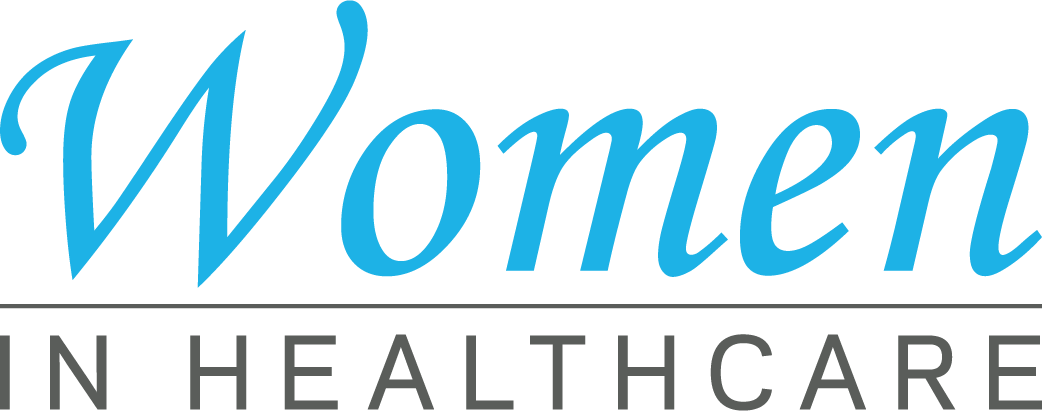The Relevance of Healthcare RCM in Enhancing Cash Flow and Performance
The Relevance of Healthcare RCM in Enhancing Cash Flow and Performance
Blog Article
A Comprehensive Guide on Exactly How Health Care RCM Works to Streamline Invoicing and Collections
Navigating the intricacies of health care income cycle monitoring (RCM) is crucial for companies aiming to boost their billing and collections procedures. The guide unloads the details of RCM, from individual registration to balance dues management, providing understandings right into enhancing each action. Integrating innovative modern technology and standardized treatments can substantially decrease case rejections and speed up repayment cycles. Yet, truth challenge hinges on perfectly combining these elements to improve money circulation. As we check out the core elements and approaches that drive performance, one concern remains: exactly how can health care entities ideal position themselves to prosper monetarily in an ever-evolving industry?
Understanding Revenue Cycle Administration
Understanding the details of Profits Cycle Monitoring (RCM) is important for medical care organizations intending to optimize their monetary efficiency. RCM is a vital administrative feature that includes the whole economic process of patient treatment, from the preliminary visit setting to the final payment of the balance. It is an intricate procedure made to recognize, collect, and manage the revenue from the services provided to clients. Reliable RCM makes certain that doctor get exact and prompt repayments, reducing the risk of revenue loss and boosting cash flow.
The RCM procedure begins when an individual routines a visit and expands through the patient's treatment trip, consisting of payment and collections. A crucial goal is to minimize the time between providing a service and getting repayment, thus boosting the company's economic health and wellness. RCM entails various functions such as person registration, insurance coverage confirmation, fee capture, coding, claims submission, payment posting, and handling rejections and charms.
Key Elements of RCM
In the realm of Profits Cycle Monitoring (RCM), recognizing its crucial elements is fundamental to achieving financial performance within medical care organizations. RCM is an extensive procedure that includes numerous stages, each critical to making sure reliable invoicing and collections. The main components include person enrollment, insurance policy verification, cost capture, coding, case submission, settlement publishing, and receivable management.


Once coded, cases are sent to payers, where accuracy is extremely important to avoid delays or beings rejected - Healthcare RCM. Repayment publishing involves recording the received repayments, which enables for the reconciliation of accounts. Last but not least, receivables monitoring focuses on tracking and resolving unsettled insurance claims, making sure timely follow-up and resolution
Each part of RCM is interconnected, and inefficiencies in any type of component can interfere with the whole cycle. As a result, mastering these components is essential for doctor to enhance income and enhance their financial wellness.
Methods for Efficient Billing

Systematizing billing procedures throughout the company is one more vital approach. Developing clear standards for paperwork, coding, and submission aids maintain uniformity and conformity with governing requirements. Educating personnel consistently on these procedures makes sure everybody is up-to-date with the most recent modifications in payment codes and payer plans.
Exact charge capture is important in stopping revenue leakage. Implementing regular audits and monitoring systems permits the recognition and correction of discrepancies prior to they affect earnings. Furthermore, keeping open lines of communication with payers assists to swiftly fix any kind of conflicts or misconceptions that might emerge.

Last but not least, engaging people early in the payment procedure by providing clear estimates and educational materials about their monetary duties can considerably decrease confusion and improve repayment timeliness. These methods collectively add to a much more monetarily healthy and balanced and efficient invoicing system.
Enhancing Collections Procedures
A robust collections procedure is vital for preserving monetary stability within health care companies. Given the intricacies of medical payment and the selection of payer needs, boosting the collections procedure entails implementing strategic measures that ensure accurate and timely settlement of services made. Central to this is using modern technology to automate and streamline processes, improving and reducing hands-on mistakes efficiency. Automation devices can assist in tracking insurance claim conditions, sending prompt pointers to people, and handling denials much more successfully.
Transparent and clear person interactions are important. Supplying thorough descriptions of charges and supplying versatile repayment strategies can raise patient satisfaction and timely settlements.
Normal audits of the collections procedure ought to be conducted to identify locations for improvement and make certain conformity with policies. By analyzing data, medical care organizations can identify fads, prepare for prospective concerns, and adjust approaches appropriately (Healthcare RCM). Eventually, a well-enhanced collections process not just sustains financial health however additionally contributes to a more smooth experience for patients and personnel alike
Optimizing Profits Streams
Building upon the foundation of a solid collections procedure, health care companies see page can even more strengthen their financial security by tactically maximizing income streams. This involves a multi-faceted method, starting with a detailed analysis of existing profits resources to identify ineffectiveness and locations for development. Using sophisticated information analytics tools makes it possible for organizations to acquire insights right into payer mix, individual demographics, and service utilization patterns, enabling for data-driven decisions that improve income capture.
Executing automated billing systems can dramatically minimize errors and expedite cases processing, making sure that profits is collected extra efficiently. Moreover, optimizing payer agreements via routine negotiations can improve repayment prices and terms, straight influencing the lower line. Diversifying solution offerings, such as including telehealth or health care, can additionally attract a wider client base, hence click for more info increasing profits potential.
One more important part is improving person engagement and complete satisfaction, as completely satisfied patients are more probable to stick to treatment strategies and make prompt settlements. Offering versatile payment choices and transparent billing practices can enhance collections and foster individual commitment. Healthcare RCM. By embracing these strategies, medical care companies can develop a much more resistant financial structure, making certain continual growth and security in an ever-changing industry landscape
Verdict
In final thought, health care Income Cycle Monitoring (RCM) plays an important duty in enhancing billing and collections procedures by incorporating key components such as client enrollment, insurance coverage confirmation, fee capture, coding, asserts submission, and receivable management. By employing innovative innovation, standardizing treatments, and cultivating individual interaction, doctor can substantially decrease insurance claim rejections, accelerate repayment cycles, and improve cash money circulation. This comprehensive strategy to RCM inevitably leads to boosted economic performance and sustainability for healthcare companies.
The RCM procedure starts when a client timetables an appointment and prolongs with the client's treatment trip, consisting of billing and collections.Another vital component is boosting client engagement and fulfillment, as completely satisfied clients are a lot more likely to stick to therapy plans and make timely repayments. Providing versatile payment alternatives and transparent billing practices can enhance collections and foster individual loyalty.In final thought, healthcare Revenue Cycle Monitoring (RCM) plays a vital role in enhancing billing and collections procedures by incorporating essential components such as client registration, insurance policy verification, cost capture, coding, asserts submission, and accounts receivable administration. By employing sophisticated technology, systematizing treatments, and promoting patient interaction, medical care suppliers can considerably reduce case denials, increase settlement anchor cycles, and boost cash money flow.
Report this page